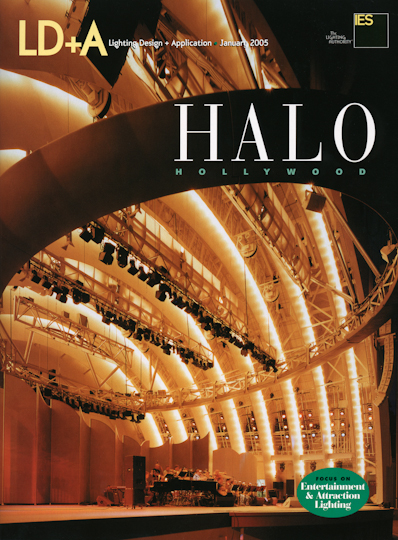 How associations risk alienating their members, and how you can avoid the same mistake.
How associations risk alienating their members, and how you can avoid the same mistake.
We can’t say this loud enough and often enough: When deciding on a publishing channel strategy, you must take into account the preferences of your core readership and embrace the “audience first” movement.
Nowhere is this truer – and nowhere are the immediate results of getting it wrong so evident – than in association publishing.
We understand the challenges of getting this right, as Greg Dool reiterates in Folio:
“Association publications—especially within non-profit organizations—are often under immense pressure to be as financially efficient as possible, something that might make the cheaper digital publishing a more attractive pursuit. But what if an association’s membership has an established relationship with a print magazine that cannot be ignored? How can associations effectively engage with their members to learn which types of publications, topics, and stories they value in order to make informed strategic decisions?”
Dool asked those questions of Paul Tarricone, editor of the monthly print magazine of the Illuminating Engineering Society (IES), an industry association with a 100-year+ history. Tarricone’s advice was illuminatingly clear: You ask them.
“Survey Monkey is a beautiful thing,” Tarricone explains. “Its cost-effectiveness allows for much more frequent reader research. We conduct ‘Editorial Guidance’ surveys every two or three years, which allow us to gauge reader interest/satisfaction with topics, specific columnists, layout/design, you name it. We’ve also integrated editorial questions into our annual Ad-Q advertiser survey to get even more feedback.”
For the IES, and for so many other associations, the answers point time and again to print.
“Print has a certain gravitas (there’s no such thing a ‘bound volume; of a digital edition). It’s a record that lasts for decades—very important to a 110-year-old Society such as ours,” Tarricone explains.
“In addition, our market is quite visual (architecture/design) so readers like to see projects in all their glory. From a business perspective, the advantage to print is that our advertisers still consider this the hub of their marketing campaigns. Print, for us, drives a lot of revenue.”
Given the growing impact of association media, organizations that opt for digital-only content risk not only alienating their membership but cutting off their potential engagement as well. It’s critical to keep that balance between the “lean in” and “lean back” media experience. In so many cases, associations can’t afford not to print. The risk is simply too great.
